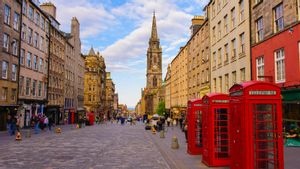As I crossed the road to take the metro towards the picturesque Ouchy promenade in Switzerland, I took a quick look at the railway station building behind me. The building which had a distinctive medieval look had the sign Lausanne Capitale Olympique written in front of the five big Olympic rings on its stone facade.
1. Lausanne: The home of sport

I was in the Olympic capital, Lausanne, which is a beautiful city perched on Lake Geneva in Switzerland. Chosen by Baron Pierre de Coubertin, the father of the modern Olympic Games, in 1915 as the headquarters of the International Olympic Committee (IOC), the city was promoted as the Olympic Capital in 1994. Home to prominent institutions related to the Olympics as well as 57 international sports federations and organisations, Lausanne is a city that celebrates the essence of sport. Also called the Home of International Sports, it has over 50 sports-related companies, and close to two thousand people working in the sports industry. Thus, it is only fitting that the city is home to the Olympic Museum, too.
2. A scenic setting on the banks of Lake Geneva
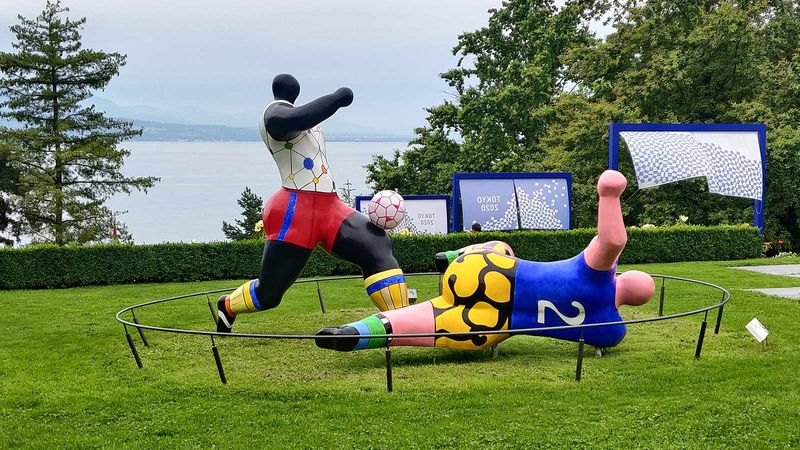
Founded in 1993 on the banks of the enchanting Lake Geneva, the Olympic Museum is located in the Ouchy district of Lausanne. Built on a slight elevation, you can enjoy a panoramic view of the promenade replete with its manicured gardens, the azure waters of the lake and the peaks of the mighty Alps, as you ascend the steps to the museum. Landscaped, picture-perfect gardens that host statues of athletes and Olympic symbols adorn both sides of the steps. Built over three floors, the museum itself is the largest source of information on the history and evolution of the Olympics with over 1,500 artefacts and a host of interactive displays including movies, games and activities for adults and children alike. The information boards, photographs and memorabilia manage to take visitors on an immersive journey that transcends sports.
3. Olympics, over the years
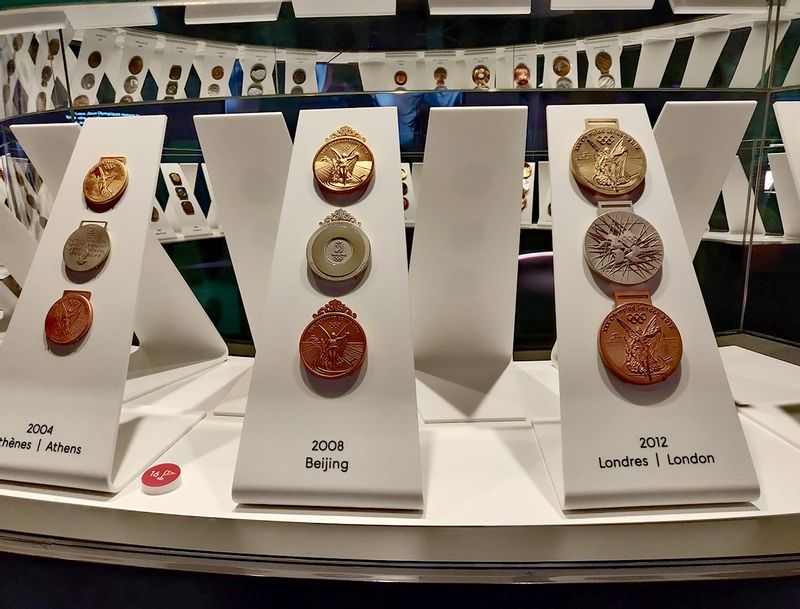
The main museum is spread over three levels and divided into three themes, the Olympic world, the Olympic Games, and the Olympic spirit. The first floor houses the Olympic world, which gives the visitors a view of the ancient Olympic games that were held from 776 BC to 393 AD in Olympia, in ancient Greece. Filled with insightful artefacts, the museum has a section dedicated to Baron Pierre de Coubertin, the French historian who is the founder of the International Olympic Committee. The museum gives details of his early life, education and his journey in carving out the vision and charter for the games. He firmly believed that “Olympism is not a system, it is a state of mind”.
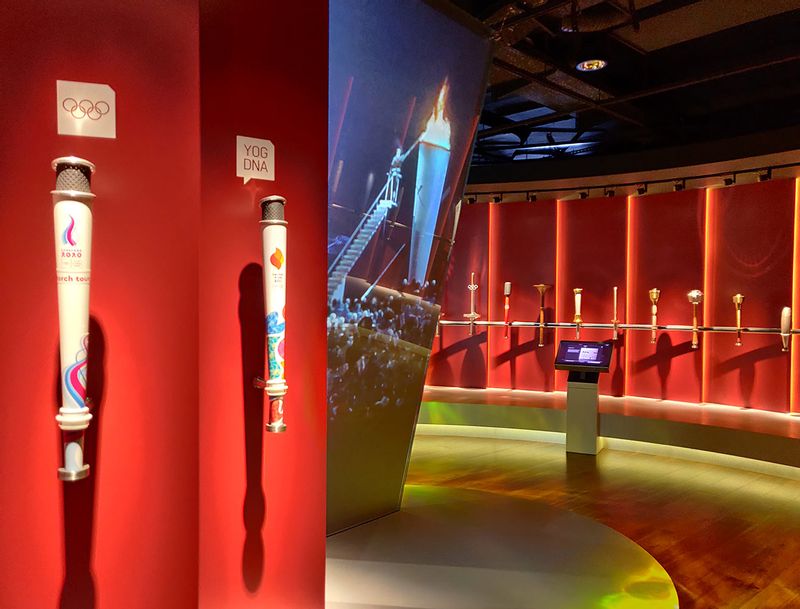
The Olympic games section is a treasure house of information on the various aspects of the games including the significance of the Olympic flame, the torch and the mascots over the years. It covers the cultural events associated with the games, the artwork, and the marketing material. The stadia built over the years is widely covered and includes aspects like technological innovation and sustainable development. The pomp and show of the opening ceremony are on display and one can see the original costumes worn for these ceremonies over the years. Sports memorabilia belonging to famous athletes is a large and popular section, too.
The last section is dedicated to the Olympic spirit beyond sports. It is about building better relationships between people and countries by focussing on the key values of solidarity, respect and excellence. This is the idea behind the Olympic village too and the museum covers the unique features of the village built for the athletes over the years. Also on display is the “Truce Wall” of the London 2012 games. The museum covers the aspects of nutrition, balance and technology and its effects on sports and sportsmen, among other things. The design of the medals awarded over the years is yet another interesting display in the last section.
Spotlight on Olympics Games Tokyo 2020 Every celebration of the Olympics gives an insight into the culture of the host country. And considering that this year the Olympics are being held in Tokyo, after they were postponed due to the pandemic, the Olympic Museum has gone all out to create an experience of Japan for the visitors.
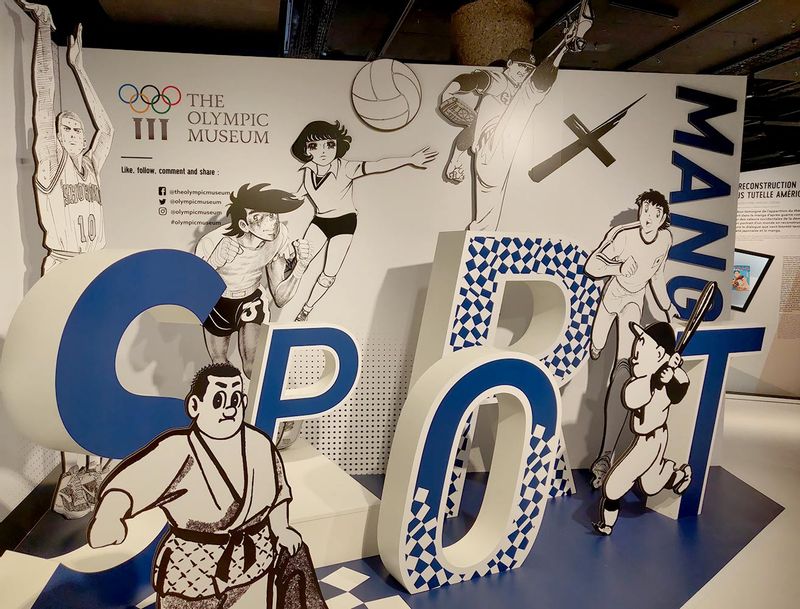 The Manga genre was the most popular form of entertainment for the people of Japan after the second world war and sports, in particular, was a favourite subject with the readers. The section is both interesting and informative and incorporates a lot of fun elements; whether you want to recapture the moves of Captain Tsubasa, a popular character in Manga, or pose for a picture in one of the three photo booths that have been installed in the shape of the famous Japanese "capsule hotels". |



